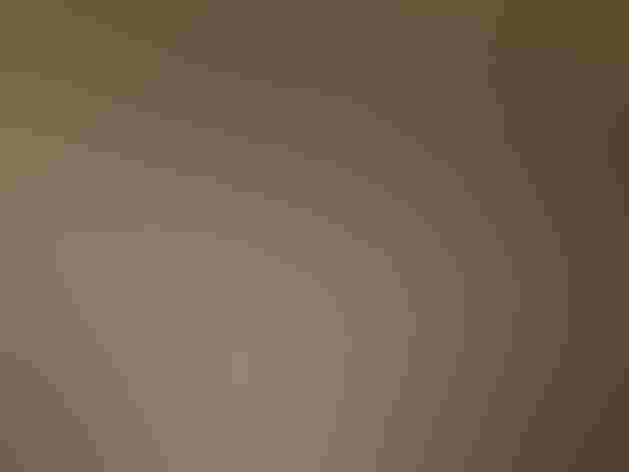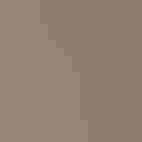Brown-headed Nuthatch
At a Glance
A small nuthatch of the southeastern pine forests. Found in pairs or family groups all year, it is often heard before it is seen; the birds call to each other constantly as they busily clamber about on the branches. In winter, small groups of Brown-headed Nuthatches often join mixed foraging flocks including chickadees, woodpeckers, and Pine Warblers.
All bird guide text and rangemaps adapted from Lives of North American Birds by Kenn Kaufman© 1996, used by permission of Houghton Mifflin Harcourt Publishing Company. All rights reserved.
Category
Nuthatches, Tree-clinging Birds
IUCN Status
Least Concern
Habitat
Forests and Woodlands, Shrublands, Savannas, and Thickets
Region
Florida, Mid Atlantic, Plains, Southeast, Texas
Behavior
Flitter, Undulating
Population
1.600.000
Range & Identification
Migration & Range Maps
Mostly a permanent resident, very rarely wanders north.
Description
4 1/4" (11 cm). Brown cap down to eye, pale below, gray back, white nape spot. Almost identical to Pygmy Nuthatch, best identified by range.
Size
About the size of a Sparrow
Color
Brown, Gray, Red, Tan, White
Wing Shape
Rounded
Tail Shape
Rounded, Short, Square-tipped
Songs and Calls
A series of high-pitched piping notes, unlike the calls of other eastern nuthatches.
Call Pattern
Falling, Flat
Call Type
Chirp/Chip, Whistle
Habitat
Open pine woods. Pine species (such as loblolly, longleaf, slash, and pond pines) virtually always present in habitat; also other conifers including bald cypress and Atlantic white cedar. Often in pine woods mixed with deciduous trees such as sweetgum, oak, hickory, or sycamore.
Sign up for Audubon's newsletter to learn more about birds like the Brown-headed Nuthatch
Behavior
Eggs
Usually 4-6, sometimes 3-7. White, marked with reddish-brown. Typically lays 4 or 5 eggs in Florida, 5 or 6 elsewhere. Female incubates, about 14 days. Male brings food to female during incubation; male roosts in nest with female and eggs at night.
Young
Both parents feed young (and so does additional "helper" at some nests). Young leave nest in 18-19 days. Usually 1 brood per year, rarely 2.
Feeding Behavior
Forages mainly on trunk and large limbs of pines, also on higher branches and twigs. Males may forage lower than females, descending on trunks almost to ground. May use a chip of bark as a tool to pry off other pieces of bark while searching for insects. Sometimes catches flying insects in the air. May store seeds in bark crevices.
Diet
Mostly insects and seeds. Eats more insects and spiders in summer, more seeds (mainly pine seeds) in winter.
Nesting
Some nests aided by "helper," an additional male that brings food to female on nest, also to young after eggs hatch. Nest: Both sexes help excavate nest cavity in dead tree, usually in pine, sometimes in deciduous tree or fence post near pine forest. Pair may begin several excavations before completing one for nest. Will also use birdhouses, old woodpecker holes; sometimes competes for nest sites with Eastern Bluebird. Nest sites average about 5' above ground, rarely more than 15' high. Nest in cavity made of grass, bark fibers, hair, feathers, also "wings" of pine seeds.
Conservation
Conservation Status
Probably the least numerous nuthatch in North America. Has lost ground in some areas because of habitat loss, but still common where southern pine forest exists.
Climate Threats Facing the Brown-headed Nuthatch
Choose a temperature scenario below to see which threats will affect this species as warming increases. The same climate change-driven threats that put birds at risk will affect other wildlife and people, too.





